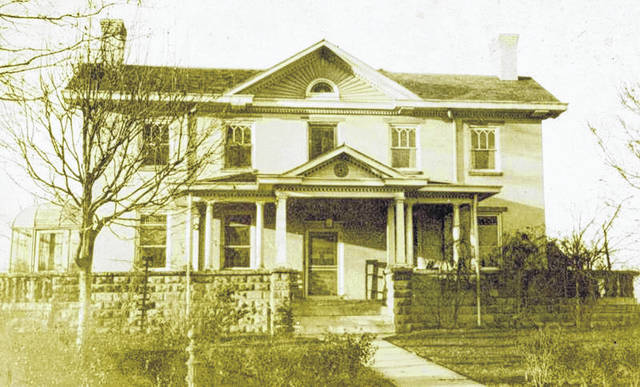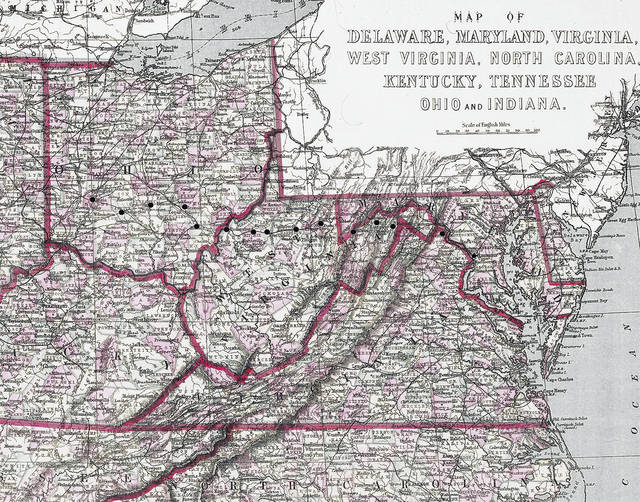

Honoring the legacy of African-Americans has been the work of retired Washington High School social studies teacher Paul LaRue for years and he recently released a lesson plan that was featured on NBC4.
LaRue spoke on NBC4’s “Ohio’s Hidden History: Honoring Black History” program about Colonel Charles Young, the highest-ranking African-American Army officer in 1918. In the lesson plan, it explains that despite a leadership record, the United States Army refused Young’s request to command troops in Europe he and was told he was not healthy enough to serve. To prove his fitness, Young made a difficult ride on horseback from his home in Wilberforce to Washington, D.C. His brave display failed to persuade the Secretary of War. Young did not lead soldiers in Europe, but he fought for respect on the home-front.
“Colonel Young’s name was a household word in certainly most African-American houses at this time,” LaRue said during his interview with NBC4’s Mike Jackson for the program. “His name was in the newspapers, people knew him and were really looking. His success was to a large degree their success. The story of his ride and what that meant to African-Americans at the time and to Americans all over the nation was inspiring. The fact that it is 100 years later it continues, I think, to reverberate with us today.”
LaRue, with the help of former student Sarah Nestor, wrote the lesson plan to detail the life Young lived and what he did to impact the nation separated by segregation. Using a biography, maps of the ride and other photos, students can learn about Young’s impact on the U.S. military.
“Colonel Young’s ride showed his strength in patriotism and his ability to stand against the odds,” the lesson plan reads. “He challenged people who were his superiors in rank and did it during a war. He challenged people who considered themselves superior to him because of race. He was an exceptional person in many ways, but he was not alone in this case. Many African-American World War I soldiers dealt with racism in the Army.”
Following the narrative are several questions for students to answer, a letter from Col. Young, and other optional activities. These supplements help to show how history can be found anywhere, something LaRue specialized in during his tenure as a teacher. All information is cited and overall makes for a robust lesson plan that could be used as a single lesson or spread over the span of a few weeks.
“Colonel Charles Young defended what he believed in,” the lesson plan reads. “He served but he did not do it blindly. The story of his life reveals that someone can challenge unfair systems in government while still respecting their government. The United States honors him today by preserving his ‘Youngsholm’ in Ohio. In 1979, the Secretary of Interior designated Colonel Young’s family home in Wilberforce a National Historic Landmark. It is important because of its role in helping African-American freedom seekers flee the South and because the Young family lived there. Today, it is a National Monument and cared for by the National Park Service on behalf of the American people.”



